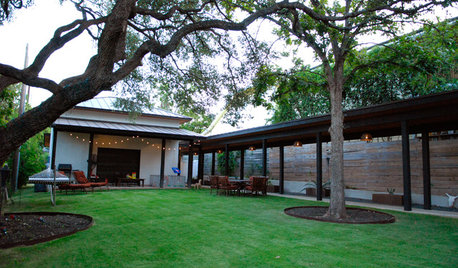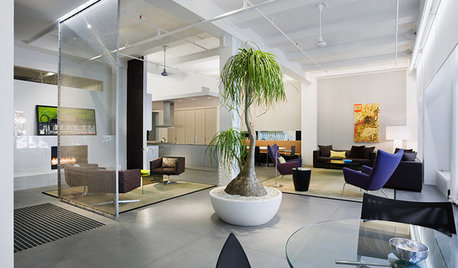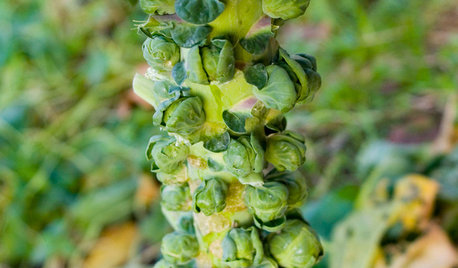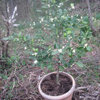Citrus foot rot disease ???
miyami
10 years ago
Related Stories

GARDENING GUIDESHow to Keep Your Citrus Trees Well Fed and Healthy
Ripe for some citrus fertilizer know-how? This mini guide will help your lemon, orange and grapefruit trees flourish
Full Story
GARDENING GUIDESSpring Citrus Care Reaps Months of Sweet Rewards
Learn how to tend citrus trees in spring and ways to preserve their delicious fruit
Full Story
GARDENING AND LANDSCAPINGCrazy for Fruit Trees
Whether a single citrus or a mini apple orchard, even the smallest landscape space can bear deliriously delicious fruit
Full Story
EDIBLE GARDENSA Formerly Weedy Lot Now Brims With Edibles and Honeybees
Photographers transform their barren backyard into an oasis filled with fruit, vegetables, honey, eggs and more
Full Story
TREESHow to Protect Your Trees When You’re Remodeling or Building
Will your home be undergoing construction this year? Be sure to safeguard your landscape’s valuable trees
Full Story
HOUSEPLANTSGot Bright Light but Lack Spare Time? Try Ponytail Palm
This low-maintenance houseplant has an exotic look and a drought-tolerant nature. Just give it lots of sun
Full Story
GARDENING GUIDESNew Ways to Think About All That Mulch in the Garden
Before you go making a mountain out of a mulch hill, learn the facts about what your plants and soil really want
Full Story
DECORATING GUIDESA Mobile Home Gets a Bohemian-Chic Makeover
Designer infuses world traveler’s guesthouse with tribal textiles, Moroccan tiles and kilim rugs
Full Story
COOL-SEASON CROPSCool-Season Vegetables: How to Grow Brussels Sprouts
If you love 'em (you know who you are), fall and spring are the right times for planting these veggies in your edible garden
Full Story0

FARM YOUR YARDHow to Grow Vegetables in Containers
Get glorious vegetables and fruits on your patio with a pro’s guidance — including his personal recipe for potting mix
Full Story








hoosierquilt USDA 10A Sunset 23 Vista CA
miyamiOriginal Author
Related Professionals
Graham Landscape Architects & Landscape Designers · Towson Landscape Architects & Landscape Designers · Middletown Landscape Contractors · Athens Landscape Contractors · Belvedere Park Landscape Contractors · Bound Brook Landscape Contractors · Cupertino Landscape Contractors · Lady Lake Landscape Contractors · Lake Zurich Landscape Contractors · Longview Landscape Contractors · Mason Landscape Contractors · Olympia Landscape Contractors · Wareham Landscape Contractors · Sun Valley Landscape Contractors · Acushnet Stone, Pavers & Concretehoosierquilt USDA 10A Sunset 23 Vista CA
miyamiOriginal Author
johnmerr
jean001a